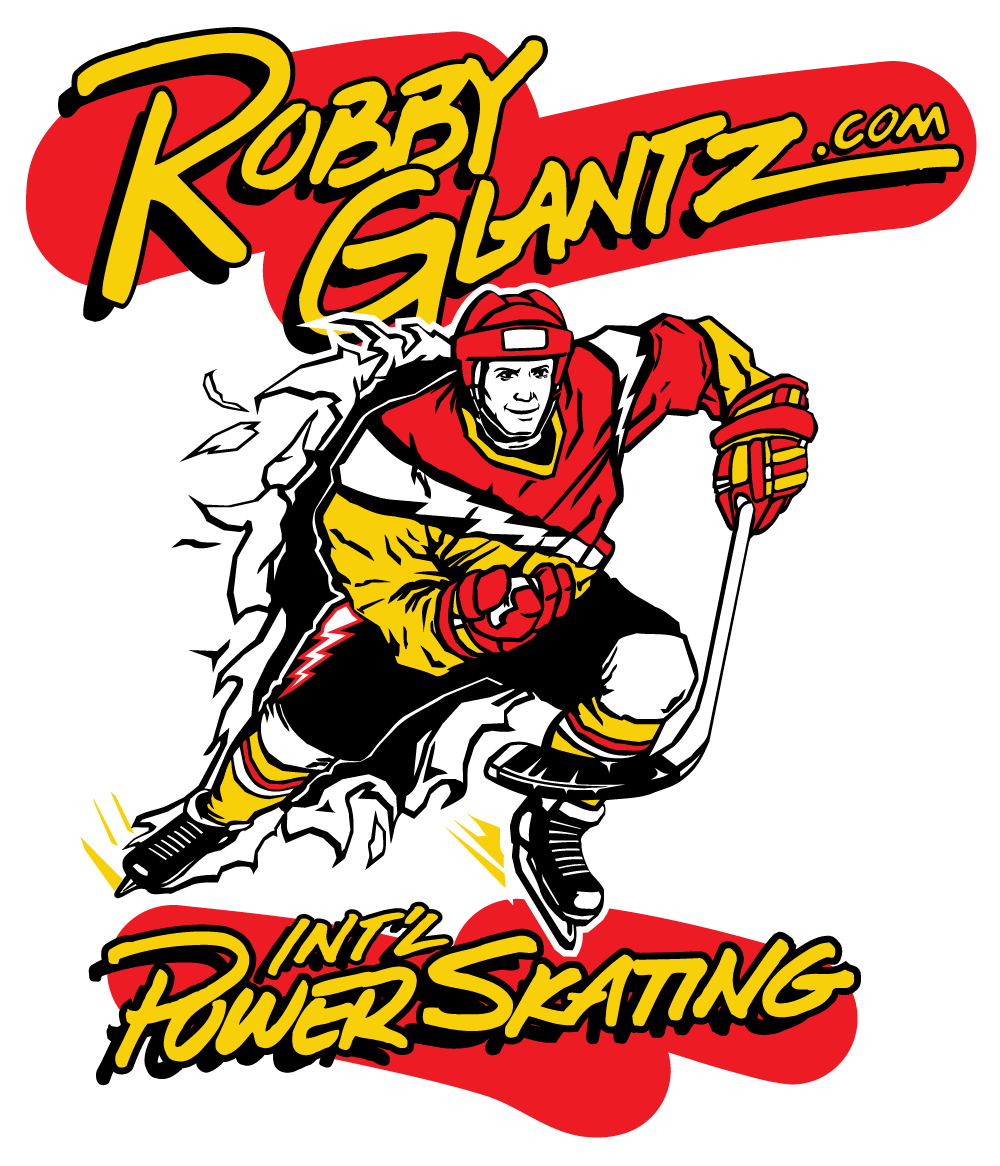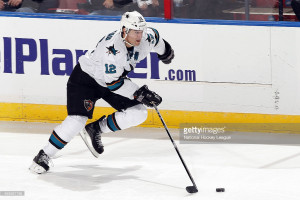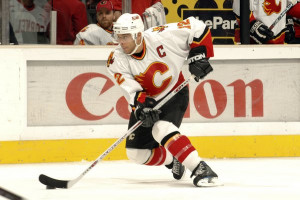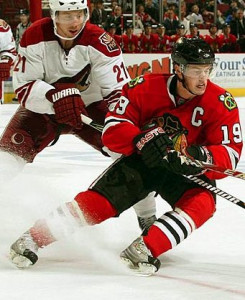As a Power Skating Instructor, I feel one of my top priorities as a teacher is to present you, the student, information in such a way so that you can retain it and then practice it long after one of my Power Skating Programs has been completed. No matter what your level of play, to improve your skating, you must constantly work and concentrate on repeating the proper techniques.
However, one of the great problems in practicing your skating is quite often not your lack of effort but rather your lack of understanding or knowing whether you are practicing proper techniques or, simply, entrenching your bad habits even more. To quote Jack Blatherwick in his book Overspeed, “Practice does not make perfect it only makes permanent.” For these reasons, when we teach skating to any age or level we try to steer away from the technical jargon and instead try to get you to focus on what I call “skating imagery.” It makes teaching and learning much more fun and, more importantly, makes retaining the information much easier.
For example, we are constantly being reminded by skating instructors or television commentators about Sidney Crosby’s 90 degree knee bend or about the full extension of his stride, and both of these observations are 100% correct. But for us mere mortals who would like to emulate Crosby’s speed and style (and who wouldn’t?), how do we know if we are achieving the 90 degree knee bend or full extension; and for that matter what do these terms even mean?
Thus, what follows are some helpful hints, examples of skating imagery and practice drills, which can be applied both on the ice as well as off the ice using your In-Line skates, that will allow you to draw pictures in your mind which will make it simpler for you to work on the proper skating techniques on your own.
KNEE BEND
Helpful Hints: This much is AUTOMATIC, the more you bend your knees — whether you are skating forwards, backwards or turning — the better your control, balance, speed and power. However, knowing that you should bend your knees more is one thing, DOING IT is another story. Therefore, you must make a great effort to exaggerate the bending of your knees while practicing your skating. Bend the knees lower then what feels comfortable for you, or lower then where you usually skate; in fact, I challenge you to bend your knees too far.
Skating Imagery: As I just discussed, a 90 degree angle of the knee is the optimal knee bend position. However, since it is impossible to play hockey with a measuring stick in your hand, simply bend your knees to a point where you cannot see the toes of your skates. With kneepads on this means that the knee is about two inches ahead of your gliding skate and that will insure that you are at least at a 90 degree angle.
Practice Drill: One excellent practice exercise is called the One-Leg Push. In this drill we are practicing by first using only our right leg to push off from while skating on one side of the ice and then with only our left on the other side. Concentrate on maintaining your gliding knee at about two inches ahead (90 degrees) of your toes while fully extending the pushing leg. Each push comes from an inside edge digging squarely into the ice (see the next paragraph). You will want to put 100% effort into each thrust to get the most benefit from this drill.
EDGE CONTROL
Helpful Hints: As we have discussed, bending your knees is a must for better skating. However, it is just as vital that you bend your ankles, as well. What I mean by ‘bending your ankles’ is that you want to have excellent flexibility in the ankles so that you are able to roll the skate to the proper and optimum edge position. The best angle for an edge — inside or outside edge — in relation to the ice is 45 degrees. At 45 degrees, you will feel an excellent grip in the ice which will immediately improve your balance, control, speed and power in all aspects of hockey skating. Of course, maintaining an edge at 45 degrees is very difficult and we see many high level players who still have trouble using there edges properly.
Skating Imagery: Once again, describing in detail how your edge should be 45 degrees to the ice may not mean that much to you (especially if you did as poorly in Geometry as I did). Therefor, concentrate on rolling your ankle HALF WAY to the ice, this will automatically put you at the necessary and best angle. Try to picture in your mind that your edges are your grip in the ice, and when your grip is improper you are sliding along the ice — losing power and speed — rather than driving into it. Also, in order to hold an inside or outside edge in the ice be sure that you have ALL of your body weight centered directly over it.
Practice Drill: An exercise which is super for all levels, from N.H.L and National Team players to beginning skaters, is the One-Foot Edge Glide. This drill can be worked on at all times — in game warm-ups or in practice. In this exercise you will use one foot gliding on an edge that is half way to the ice (45 degrees) while the other foot is off the ice and held closely to the skating foot. Your goal is to be able to hold your balance on one foot remaining on that edge long enough to form a big half circle in the ice before you push off and duplicate this procedure with the other foot. Remember to maintain a deep knee bend and 100% body weight while and try to keep a good, even pace when practicing this drill. This exercise should be practiced on inside and outside edges as well as both forwards and backwards.
IT DOESN’ T COME OVERNIGHT!
I’m sure we all wish that we could simply wave a magic wand that would allow us to suddenly skate like Coffey or Pavel Bure. Unfortunately, we know that this is not going to happen and, in fact, there is no magic relating to Coffey or Bure’s skating skills either. Their greatness comes from working hard and understanding the proper skating techniques and fundamentals. And you too can definitely make great improvements in your skating if you begin to put these fundamentals to work by visualizing and feeling what you are doing, both correctly and incorrectly.
Finally, remember that you can get better at any age or skill level and that N.H.L. and National Team players worldwide who come back to us for continuing instruction time and again. So, try not to get frustrated when practicing your skating. Sometimes the strides you make can be very subtle and may take a long time to achieve but they are worth it in the long run because when you skate better the game is much easier to play and certainly much more fun.
By Robby Glantz



